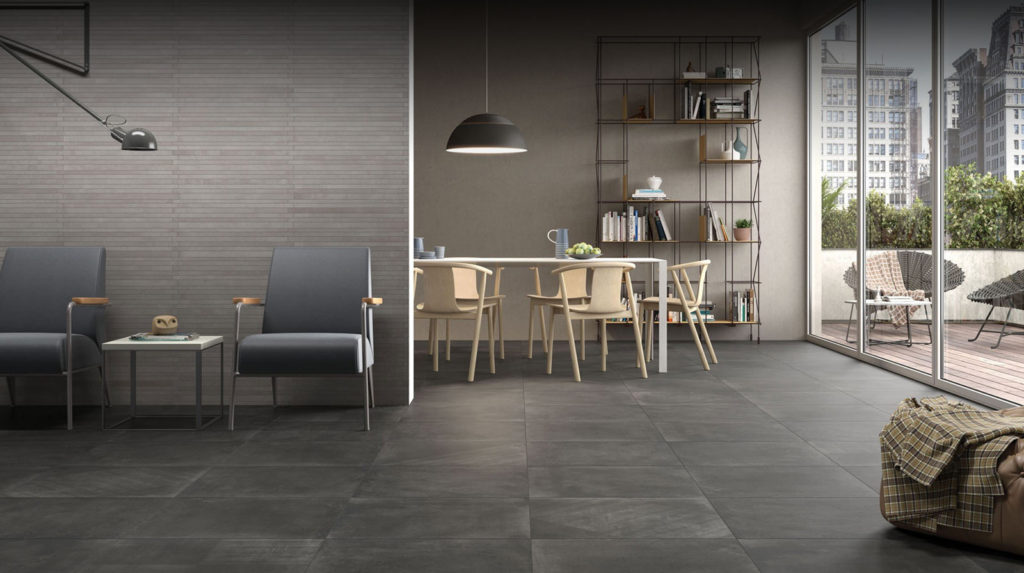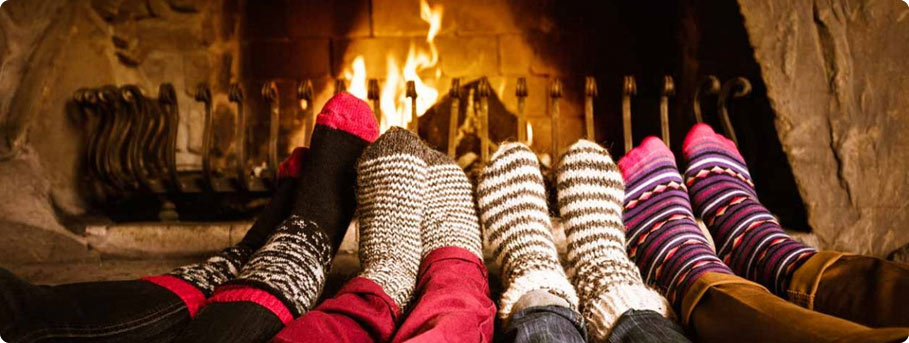Radiant Ceilings: Love The Fact That Heat Doesn’t Rise

Lots of homeowners are taking a second look at the big advantages of radiant ceilings. The benefits of uniform heat distribution and retention keep families like yours nice and warm. As a result, you stay comfortable and cozier longer than traditional forced-air methods. That’s because solid surfaces are heated directly with radiant heating, so no heat escapes. Even if someone opens your door during a cold, chilly night, that cozy, warm feeling remains with radiant ceiling solutions.
And don’t be fooled into believing that rising heat has any effect or bearing on radiant ceilings. That’s because, contrary to popular belief, heat does not rise, and we’ll explain why.
The History of Warm and Cozy
Let’s face it. Humans have sought the comfort of warmth since we learned how to build a fire. And feeling comfortable never goes out of style. Staying warm whenever the temperature drops keeps us healthy and happy.  The World Health Organization recommends an indoor temperature of 68° F for those who are sick, very old, or very young. Most Americans love their indoor temperature between 68° to 74° F during the winter months. So, heating up our houses is a big deal. The goal for most of us is to be comfortable in our own home. It contributes to our quality of life.
The World Health Organization recommends an indoor temperature of 68° F for those who are sick, very old, or very young. Most Americans love their indoor temperature between 68° to 74° F during the winter months. So, heating up our houses is a big deal. The goal for most of us is to be comfortable in our own home. It contributes to our quality of life.
Is Forced Air Really Heating Up?
How we heat our homes has changed dramatically since the days of potbelly stoves. Radiant heating is a modern option for today’s buildings. But traditional forced air units are still in use in many North American homes. And if you have one, you know that your forced air system is working by the noisy sound it makes whenever it starts to push out hot air. Unfortunately, with that blast of warmth comes dust that flies around your house. It leaves surfaces around your home with hot and cold areas that you can feel. And if you live in a two-story house, you may be convinced that the heat rises to the second floor. But the law of physics begs to differ. Heat does not rise.
Heat Does Not Rise to the Occasion (or any other time)
If you think heat rises, you’re not alone. A study by the International Conference on Education and Educational Psychology in 2010 found that 46% of physic students thought that heat rises. The study, Misconception of Heat and Temperature Among Physics Students, also found these students believe that “heat only travels upward,” which is another misconception. So, what does heat do? Heat “changes the temperature of an object” and is actually a transfer of energy “from an object to its surroundings or to an object from its surroundings.”
Radiant Ceilings for Quality of Life
So, now you know the truth. Heat does not rise but instead, it’s transferred to objects. This fundamental concept is the basis for radiant energy’s efficiency and successful use in ceilings. Radiant energy heats objects within your home. The objects that have a thermal capacity allow for the room to stay warmer longer as spaces heat up with radiant energy. That said, there is no area that is considered bad for what radiant heat offers, upstairs or downstairs. You’ll find that radiant ceilings keep you comfortable no matter what part of the house you’re in. While you stay warm and cozy, you’ll also take comfort in knowing that it reduces energy and life cycle costs. It makes sense why families are taking a second look and choosing this efficient way to literally heat things up in their homes.
At Carbontec, we use a paper thin material installed in your ceiling to achieve 98% efficiency in heating all of the spaces in your home. Radiant energy helps keep your family healthy by reducing irritants that traditional systems throw out into the air. It can also reduce mold.
Contact Carbontec and learn how radiant ceilings will make home and your life more comfortable.